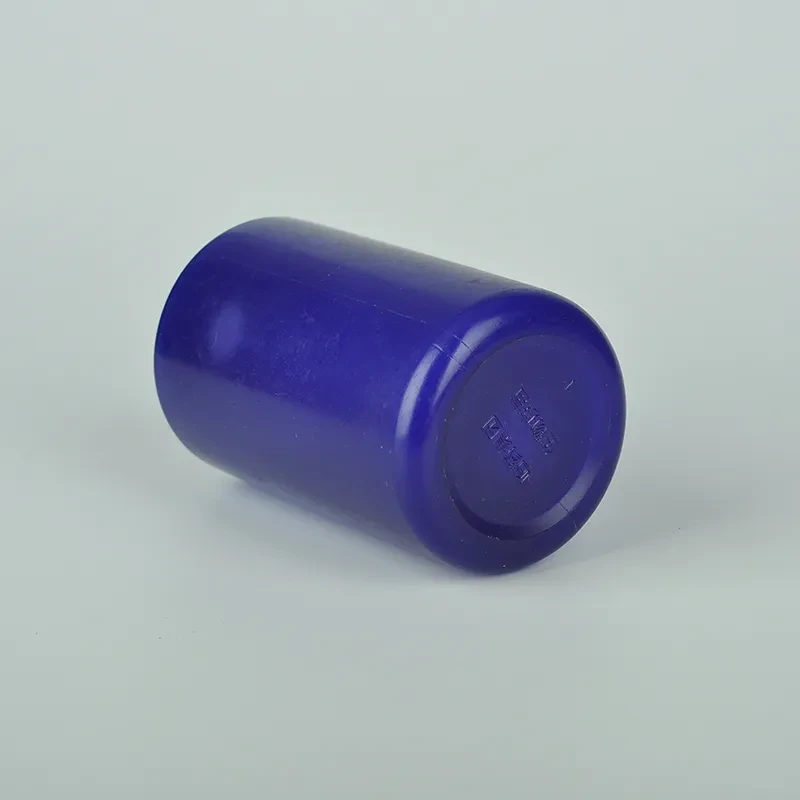https://www.wahmg.com/)">
plastic petri dish material
plastic petri dish material
The Evolution and Importance of Plastic Petri Dish Materials
In the realm of microbiology and laboratory practices, the Petri dish is an indispensable tool. Since its invention in the late 19th century by German bacteriologist Julius Richard Petri, the Petri dish has played a crucial role in the study and observation of microbial cultures. Traditionally made of glass, these dishes have evolved significantly with the introduction of plastic materials, which offer numerous advantages that are pivotal in modern scientific research.
The Transition from Glass to Plastic
The shift from glass to plastic Petri dishes began in the mid-20th century when the need for convenience, sterility, and cost-effectiveness became paramount in laboratory settings. While glass Petri dishes were durable and reusable, they posed several challenges, including the risks of breakage and the need for thorough cleaning and sterilization. The introduction of polystyrene and polycarbonate materials transformed the landscape of laboratory dishes.
Plastic Petri dishes are typically made from polystyrene, a lightweight and versatile thermoplastic. They can be produced in large quantities at a lower cost compared to glass dishes, making them more accessible for widespread use in laboratories, educational institutions, and even clinical settings. This affordability has driven increased experimentation and research, particularly in developing countries where resources may be limited.
Benefits of Plastic Petri Dishes
1. Durability and Lightweight One of the most significant advantages of plastic Petri dishes is their lightweight nature. Researchers can transport and handle them without the fear of breakage. This durability ensures that they can be used in various settings, from classrooms to field studies.
2. Cost-Effectiveness Plastic dishes are generally less expensive than glass. Their mass production enables laboratories to stock large quantities without incurring high costs. This affordability allows scientists to conduct more experiments without financial constraints.
plastic petri dish material

3. Hydrophobic and Hydrophilic Options Depending on the research requirements, plastic Petri dishes are available in both hydrophobic and hydrophilic surfaces. Researchers can select the appropriate dish based on their microbial growth needs, enhancing the versatility of experiments.
4. Sealed and Sterile Packaging Most plastic Petri dishes are pre-sterilized and packaged in sealed environments, greatly reducing the risk of contamination. This feature is vital for experiments that require uncontaminated environments to yield accurate results.
5. Transparency Plastic Petri dishes are transparent, akin to glass. This property allows for easy visualization of culture growth and adjustments during experiments without opening the dish, thus maintaining a sterile environment.
Environmental Considerations
Despite their advantages, the rise of plastic Petri dishes also brings environmental concerns. The production and disposal of plastics contribute significantly to pollution and waste. As scientists and manufacturers become increasingly aware of these issues, there have been concerted efforts to develop biodegradable and eco-friendly alternatives. Research into bio-based plastics and recycling programs is underway, aiming to mitigate the environmental impact while maintaining the functionality of Petri dishes.
Conclusion
Plastic Petri dishes have undeniably revolutionized laboratory practices, offering numerous benefits that have advanced scientific research and education. Their durability, cost-effectiveness, and versatility make them a superior choice over traditional glass dishes for a wide range of applications. However, acknowledging and addressing the environmental impact of plastic use remains a critical concern for the scientific community. As innovations continue in both laboratory techniques and materials science, the future of plastic Petri dishes may evolve towards more sustainable options. The legacy of the Petri dish, whether in glass or plastic, will undoubtedly continue to play a vital role in the exploration of microbiological science, guiding researchers in their quest for knowledge and understanding of the microbial world.
-
Wholesale Plastic Juice Bottles with Caps 16 oz Options Available Bulk Packaging SolutionsNewsJun.10,2025
-
Laboratory Apparatus Reagent Bottle – Durable & Chemical Resistant Bottles for Safe StorageNewsJun.10,2025
-
Squeezable Dropper Bottles Durable, Leak-Proof & CustomizableNewsMay.30,2025
-
Affordable Plastic Petri Plates Sterile & Disposable Lab-GradeNewsMay.30,2025
-
Eye Dropper Caps Precision 24/410 & Plastic Bottle-Compatible TipsNewsMay.30,2025
-
Affordable Mini Spray Bottle Price & Wholesale Deals Shop NowNewsMay.29,2025





















